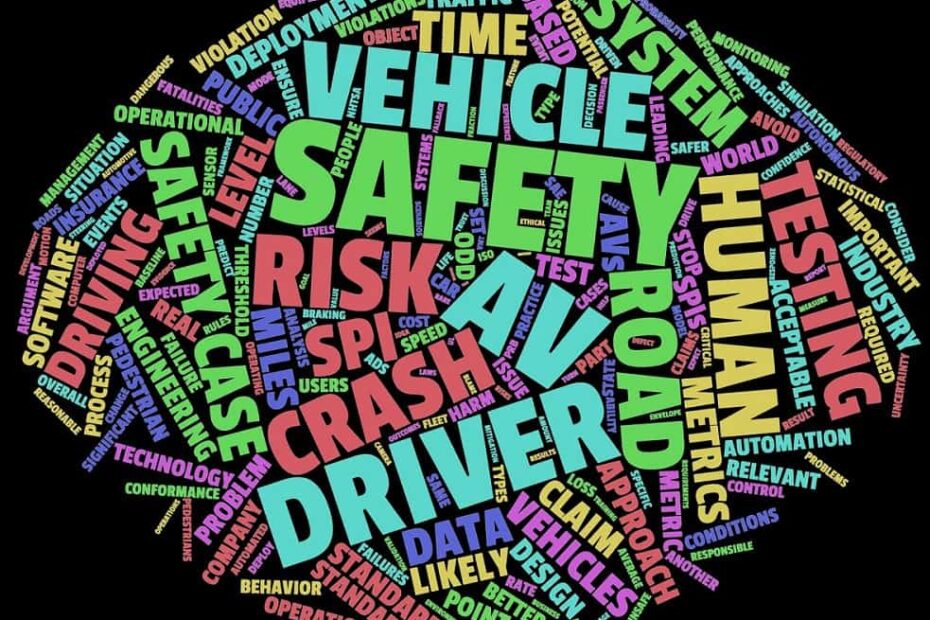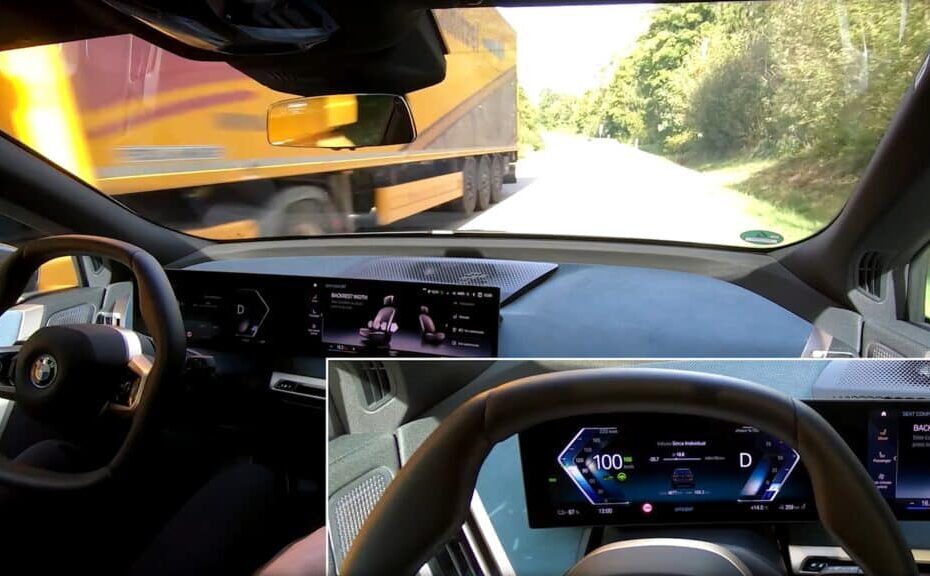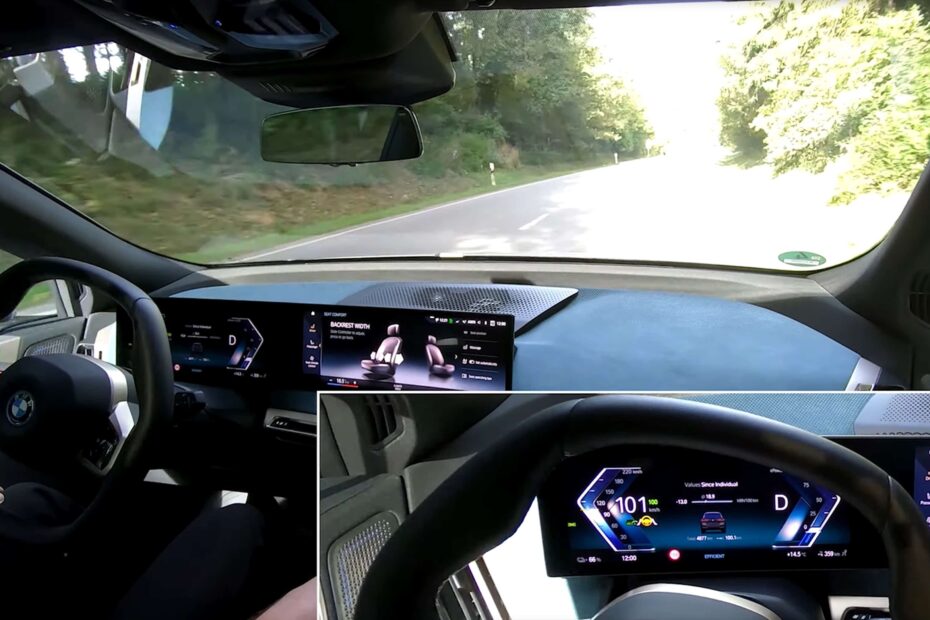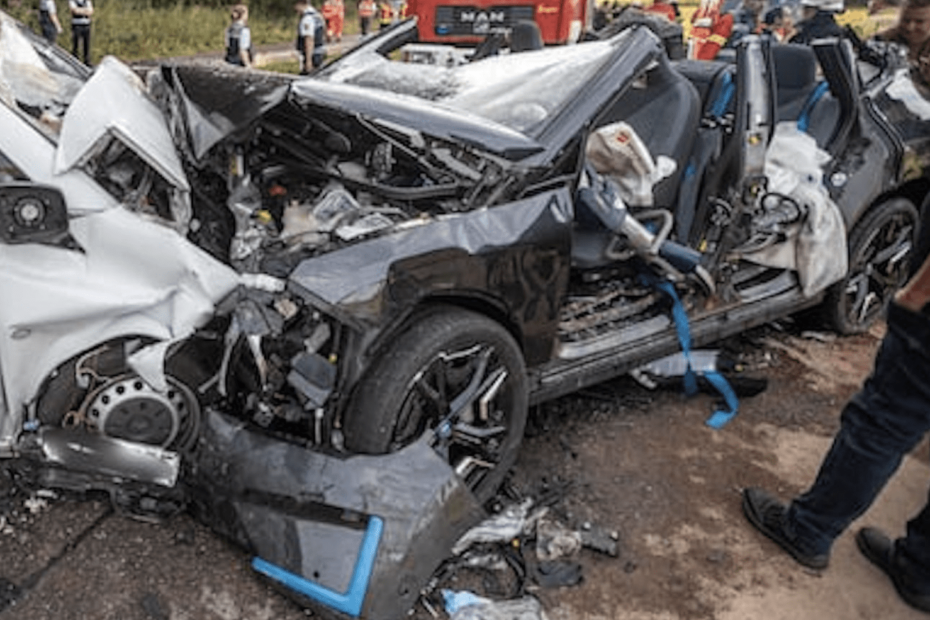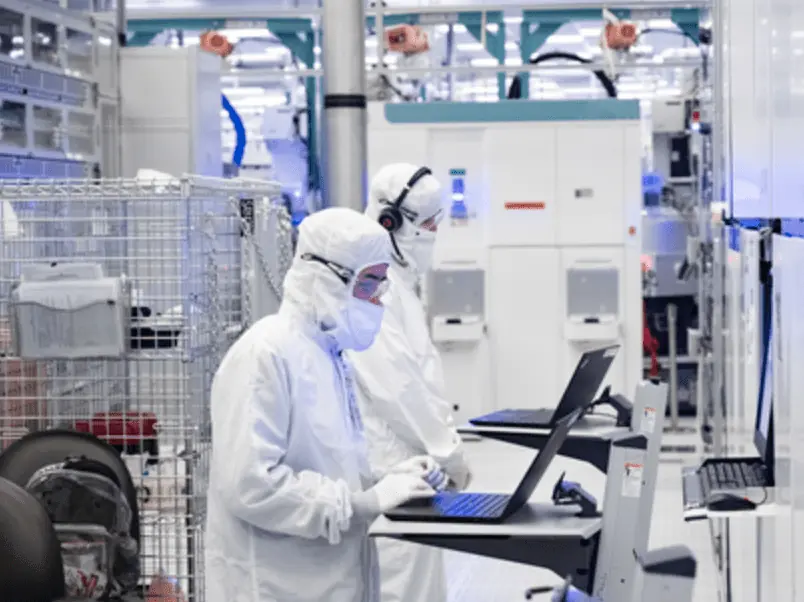Arm’s Suit Against Qualcomm Highlights Strained IP Ecosystem
By Peter Clarke
Processor intellectual property licenser Arm Ltd. has sued longtime licensee Qualcomm and recent Qualcomm acquisition Nuvia Inc., another Arm licensee, alleging a breach of licensing terms and resultant infringement of Arm’s trademarks.
Read More »Arm’s Suit Against Qualcomm Highlights Strained IP Ecosystem


